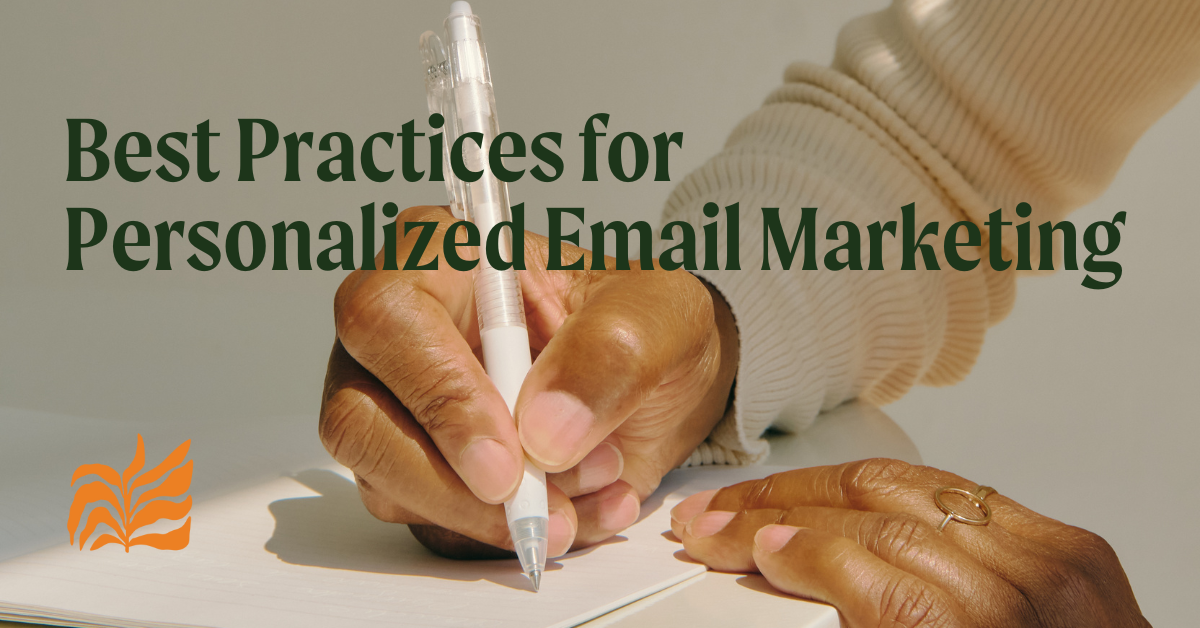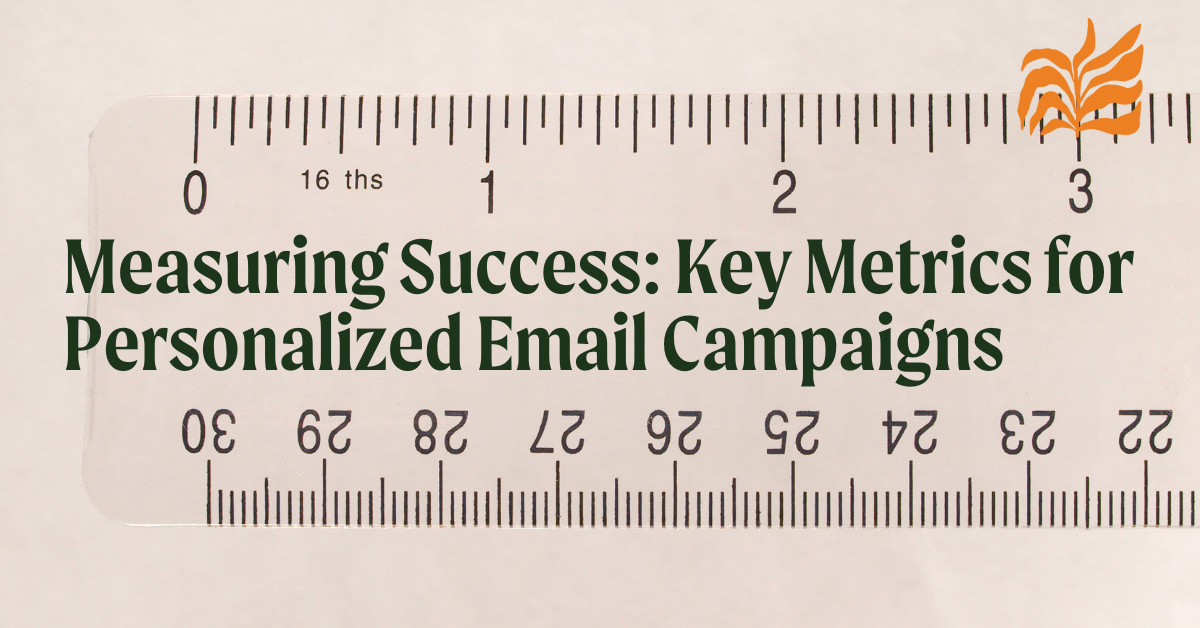Written By The Art Of Business Content Team
Email marketing has transformed how businesses communicate with customers. But with crowded inboxes, standing out is harder than ever. This challenge has pushed personalization to the forefront, making it essential for engagement and conversions. By tailoring messages to specific recipients, brands can create stronger connections and achieve better results.
Want to learn how to make your campaigns stand out? Here’s a guide on increasing email engagement. We’ll uncover actionable strategies to enhance your email campaigns through personalization. From understanding its core to leveraging tools and techniques, you’ll learn how to maximize its potential.
Email personalization tailors messages to individual recipients based on data like behaviour, preferences, and demographics. It goes beyond basic greetings to deliver content that feels relevant and valuable.
Advanced personalization incorporates factors like purchase history, browsing patterns, and engagement metrics. This approach fosters trust and drives higher responses. Explore how trust-building through email impacts customer retention. In today’s landscape, personalized email marketing is no longer optional—it’s a necessity for effective communication.
Personalized email marketing delivers measurable benefits. Here are three critical advantages:
To execute personalization effectively, consider these key methods:

To get the most from personalized email campaigns, follow these best practices:
These practices create a solid foundation for sustained success in email personalization.
Implementing personalization isn’t without its challenges. Here are common obstacles and solutions:
By addressing these issues head-on, businesses can unlock the full potential of personalization.

To gauge the impact of your personalized campaigns, track these metrics:
Use analytics tools to monitor performance and refine strategies for ongoing improvement. Combining these metrics provides a comprehensive view of campaign success.
Email personalization is evolving with technological advancements. Key trends include:
Staying ahead of these trends ensures your email marketing remains effective in an ever-changing landscape.
Email personalization is a powerful tool for driving engagement, conversions, and ROI. By leveraging segmentation, dynamic content, and behavioural targeting, businesses can create meaningful connections with their audience.
Start by implementing these strategies today. Test, optimize, and refine your campaigns to achieve sustainable success. Want personalized insights for your business? Book a discovery call with us today! Personalization is the future of email marketing. Embrace it now to stay ahead and reap the rewards.